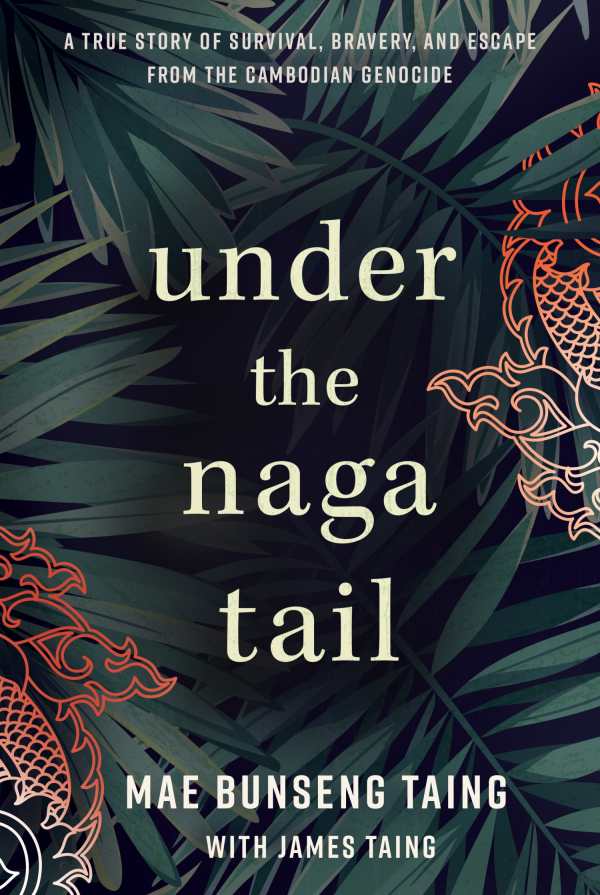Under the Naga Tail
A True Story of Survival, Bravery, and Escape from the Cambodian Genocide
- 2023 INDIES Winner
- Gold, Autobiography & Memoir (Adult Nonfiction)
Written by a survivor of the Cambodian genocide, Under the Naga Tail is a brilliant, comprehensive memoir.
Mae Bunseng Taing’s devastating memoir Under the Naga Tail covers his experiences during the Cambodian genocide.
Mae was in his late teenage years when the Khmer Rouge took control of Cambodia in 1975. Over the course of the next four years, Mae and his family, as well as the rest of their countrymen, had all their property seized by the government. They were displaced multiple times and forced into labor; Mae was then sent to a concentration camp when he escaped to visit his ill father.
When the Vietnamese military invaded and toppled the Khmer Rouge, Mae began to hope for freedom; along with thousands of Cambodians, he and his family sought refuge in Thailand. But soon, they underwent a brutal forced repatriation: the Thai government left the refugees on Preah Vihear Mountain, a place full of landmines, to make their way down. This resulted in thousands of horrific deaths. It wasn’t until months later that Mae was able to escape back into Thailand and, from there, emigrate to the United States.
The book is a thorough and raw account of those four years. It addresses even the harshest of events in haunting detail. The brutality of the Khmer Rouge and the cruelty of the forced repatriation are both expanded upon in agonizing terms, as with stories of soldiers forcing a mother to leave while her seven-year-old son was missing and of emaciated young men in a concentration camp.
The excruciating pain of each episode is enhanced with descriptions of Mae’s emotional state and of those of the people surrounding him. Grief and sorrow underlie the entire volume, most often accompanied by a sense of hopelessness. The brief flashes of hope are all the more painful because of subsequent letdowns. Evocative turns of phrase, images, and metaphors compound these emotional moments, as when Mae, who was about to escape the camp, saw thousands of fireflies through the grass and trees.
At the core of the book are its relationships—not just between Mae and his family members, but also between other people whom they came in contact with. Even the mention of grieving strangers highlights this: harrowing moments occur when people have to make impossible choices between their loved ones, or when they are mourning lost family members. In particular, Mae’s bond with his father is powerful; their unconditional love and unceasing mutual protection are demonstrated multiple times in the sacrifices they make for each other.
The book closes on a bittersweet note: while salvation comes at last for Mae and most of his family, the effects of four years living under horrific circumstances cannot be wiped away. The awareness of thousands of deaths permeates the ending. A series of photographs of Mae’s family (taken before, during, and after this period) illustrates what was lost.
Written by a survivor of the Cambodian genocide, Under the Naga Tail is a brilliant, comprehensive memoir.
Reviewed by
Carolina Ciucci
Disclosure: This article is not an endorsement, but a review. The publisher of this book provided free copies of the book and paid a small fee to have their book reviewed by a professional reviewer. Foreword Reviews and Clarion Reviews make no guarantee that the publisher will receive a positive review. Foreword Magazine, Inc. is disclosing this in accordance with the Federal Trade Commission’s 16 CFR, Part 255.

